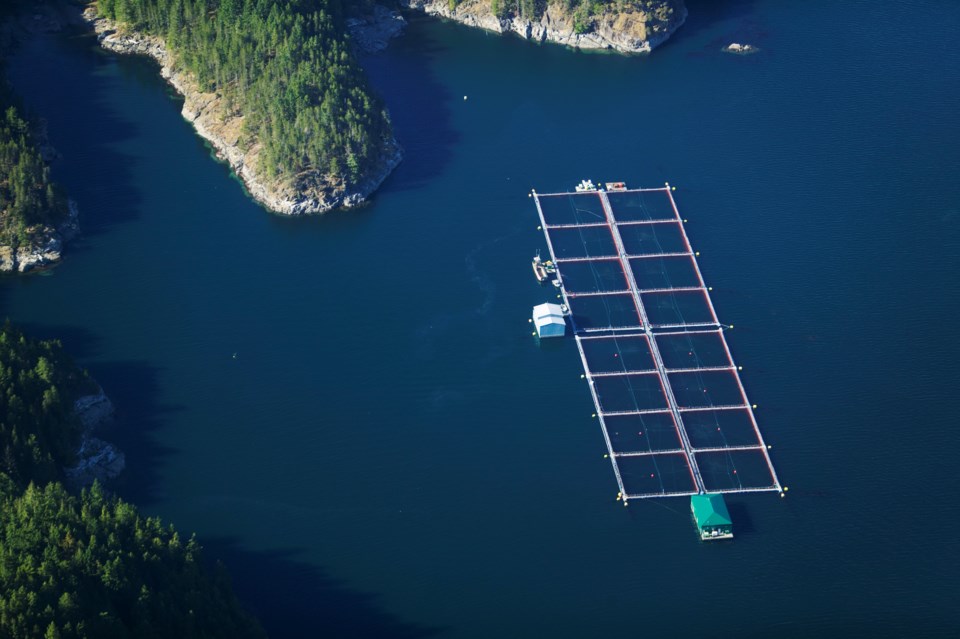By the end of this century, the United Nations projects the world’s population will grow by another 3 billion souls. Mariculture – finfish and shellfish farming – will play an increasingly important role in providing protein for 10.9 billion people.
But a new study from the University of BC’s Institute for the Oceans and Fisheries warns that unchecked global warming could decrease mariculture production by 16% by 2090.
“If we continue to burn fossil fuels at our current rate, the amount of seafood such as fish or mussels able to be farmed sustainably will increase by only eight per cent by 2050, and decline by 16 per cent by 2090,” Muhammed Oyinlola, the study’s lead author, said.
The study, published in Global Change Biology, projects conditions will be conducive to increased food production from shellfish and finfish farming over the next few decades, before entering a decline towards the end of the century.
“Projected impacts are mainly due to the direct ocean warming effects on farmed species and suitable marine areas, and the indirect impacts of changing availability of forage fishes supplies to produce aquafeed,” the study explains.
One of the problems for finfish aquaculture is that it uses smaller wild fish, like herring and anchovies, to make fishmeal for feeding farmed fish, and climate change could reduce their numbers. Shellfish production would be less affected by warming oceans.
The study notes that the world’s wild capture fisheries are already fished to sustainable maximum yields, and unlikely to meet the needs of a growing population.
“Mariculture is really important in terms of providing food security for the future,” Oyinlola told BIV.
Oyinlola and his colleagues used climate change scenarios to try to predict the possible impacts of warming oceans on food production from mariculture.
Their estimates were based on the five scenarios used by the United Nations – from the best case scenario (SSP1-1.9), in which countries manage to reduce fossil fuel use and cut greenhouse gas emissions, to a worst case scenario (SSP5-8.5), which is business-as-usual.
Under the next best case scenario, food production from mariculture increases its production. Under the worst case scenario, mariculture production would increase by 8%, peaking in mid-century, before declining by 16% by the end of the 21st Century.
Under the worst case scenario, “more than 25% of mariculture-producing nations are projected to lose 40%– 90% of their current mariculture production potential under SSP5-8.5 by mid-century,” the report warns.
Should the world continue on the worst case scenario trajectory, the study projects Norway, Myanmar, Bangladesh, the Netherlands and China could lose 74%, 69%, 39%, 26% and 21% of MPP (maximum biomass volume), respectively, by the 2050s. By the 2090s, these countries were projected to lose as much as 75%, 56%, 39%, 27% and 8%, respectively.
The study did not examine the impacts to Canadian mariculture, since it is a relatively minor player compared to countries like China, Norway and Bangladesh.
“Under current carbon emission rates, finfish farming, such as salmon, is projected to decrease globally by three per cent by 2050, and 14 per cent by 2090,” the study notes.




